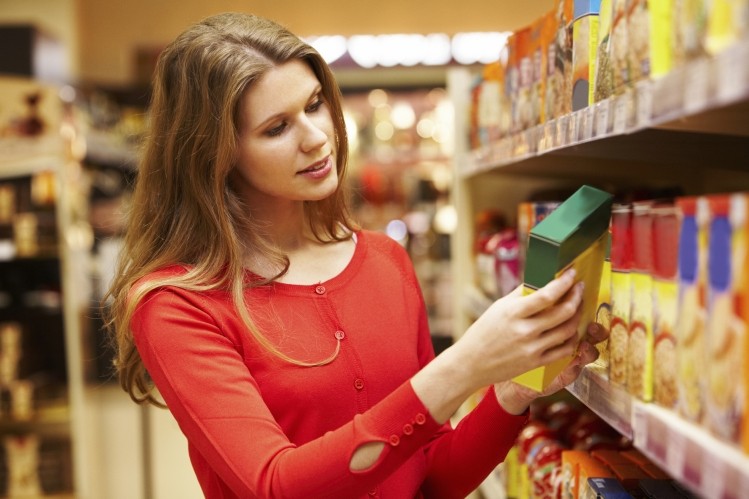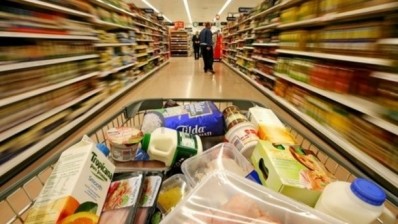‘Fog on the horizon’ for food trade in 2016

Even before its introduction, hard discounter Aldi fired a shot across the bows of its competitors Morrisons and Lidl by trumping the minimum hourly rate of £8.20 an hour they planned to offer their workers, by announcing last month plans to pay a minimum of £8.40 an hour from February.
Speaking at a Westminster Food & Nutrition Forum last month, Sainsbury’s director of brand Judith Batchelar remarked that the industry had high hopes for the Department for Environment, Food and Rural Affairs’ new 25-year food and farming plan.
But it was also awaiting the report from the Department for Business Innovation and Skills on the work that chairman of the John Lewis partnership, Sir Charlie Mayfield, was carrying out on productivity, economic growth and jobs, she added.
Create 3M apprentices
Batchelar noted the “challenges” for supermarkets surrounding land use, business rates and NMW. She also hoped the government’s plans to create 3M apprentices didn’t descend into “a numbers game”.
Then there is the government’s childhood obesity strategy, which will be published early in the new year. The food and drink industry awaits this with much trepidation.
Even if legislators don’t bow to pressure from health lobbyists to introduce a sugar tax, much tougher controls on marketing foods high in fat, sugar and salt to children are almost inevitable.
According to Shore Capital analysts Clive Black and Darren Shirley, data for September 2015 suggested that living standards in the UK were continuing to rise “quite robustly”, with overall incomes and spending power appreciating ahead of the Consumer Price Index, which was down 0.1% in September. They noted that retail sales for September were also robust.
Christmas trading
Black and Shirley predicted that, aided in particular by fuel and food deflation, the all important Christmas 2015 trading season was set to be a good one – albeit with some retailers doing better commercially than others.
But they were less sure about what might happen further down the line in 2016. Black and Shirley forecast “fog on the horizon”, with uncertainty surrounding the net effects of the NLW, tax credit changes, prevailing and expected inflation/deflation, interest rate changes and underlying economic growth. They suggested the trading environment might be much tougher than it is now.
Whatever happens, the emergence of the ‘savvy shopper’, who displays increased promiscuity in their grocery buying behaviours is the new norm.
Black and Shirley also suggested that the much anticipated bank interest rate rises, now expected in mid-2016, were likely to be the next major challenge facing households.















